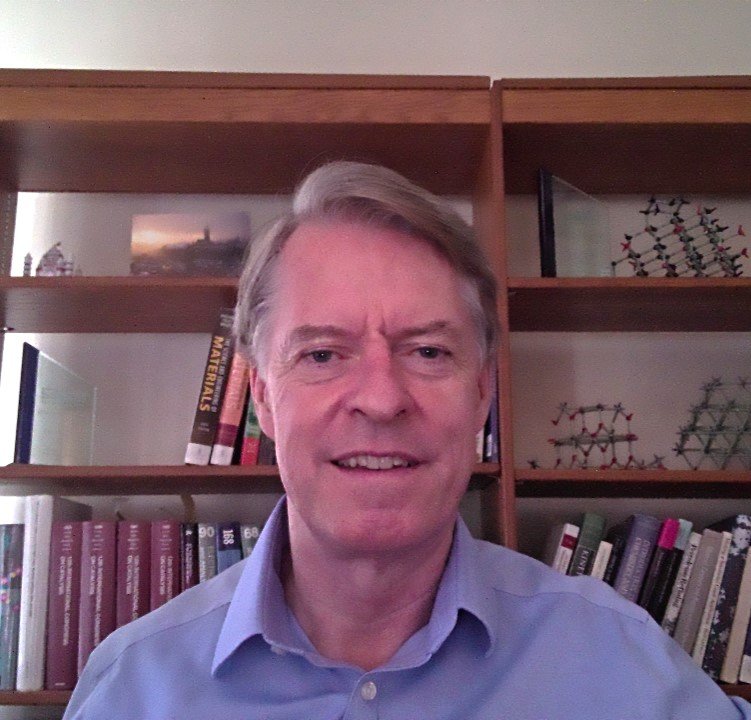Professor Peter A. Crozier
School for the Engineering of Matter, Transport and Energy
Arizona State University
Atomic-Level Probing of Structural Dynamics in Catalytic Nanoparticles: Fluxionality and Functionality
Many promising energy conversion and storage options rely on thermal, thermochemical, photochemical and electrochemical processes which often depend on materials functionalities such as transport and reactivity. For example, in a heterogeneous catalyst, nanoparticle surfaces and interfaces orchestrate the kinetic pathways for chemical conversion processes which are controlled by charge/mass transport and reactivity at so-called active surface sites. Functionalities such as transport and reactivity involve motion of atomic species in or on the materials which can also lead to time-varying perturbations, distortions and destabilizations of the crystal lattice. There is an increasing recognition that in order to develop a deep understanding of transport and reactivity, it is critical to characterize the associated structural dynamics, so- called fluxionality. Fluxional atomic motion and migration is now observable with advanced in situ and operando transmission electron microscopes, and spatio-temporal analysis is providing new insights into local transport and reactivity pathways. For example, reducible oxide catalysts play a critical role in many redox reactions whereby oxygen exchange with the lattice is a central functionality (e.g. Mars van Krevelen process). Using CeO 2 as a model system, spatio-temporal analysis of cation fluxionality reveals variations in the oxygen vacancy creation and annihilation rates at different sites on nanoparticle surfaces. Supported metal catalyst (Pt, Ru) reveal a rich diversity in fluxional behaviors associated with processes such as CO oxidation.
Spatio-temporal characterization of atomic level fluxional behavior is a relatively unexplored area and is associated with large, noisy datasets which require novel approaches to data processing such as machine learning. Nanoparticles showing high degrees of fluxionality behave in a stochastic manner where the system transitions from a stationary metastable state to a series of rapidly changing unstable configurations. The behaviors are complex but are driven by strain and surface diffusion resulting in vacancy creation/ annihilation, formation of stacking faults, and temporary loss of long-range order. The structures of the metastable states, and the chemical triggers the lead to intense instability, are not well described or understood and must be characterized. Some structural dynamics appears to correlate with surface chemical interactions and catalytic functionality but, like the case for enzymes, the complexity of the behavior complicates the interpretation.
Peter A. Crozier
Peter A. Crozier is a Professor of Materials in the School for Engineering of Matter, Transport and Energy at Arizona State University. He has extensive experience in developing and applying advanced transmission electron microscopy techniques to problems related to energy and the environment with special emphasis on electroceramics, catalytic materials and atmospheric aerosols. He has 20 years of experience in developing and applying the technique of advanced transmission electron microscopy to problems in catalytic materials and oxide electrolytes. He is also applying electron energy-loss spectroscopy to determine the optical and vibrational properties of materials. He is a Fellow of the Microscopy Society of America and also a member of the Materials Research Society, the North American Catalysis Society and the American Ceramics Society. He serves on the editorial board of Microscopy Today and was the President of the Microscopy Society of America. He has organized numerous workshops, schools and symposia and has published more than 200 archival journal and book articles.
